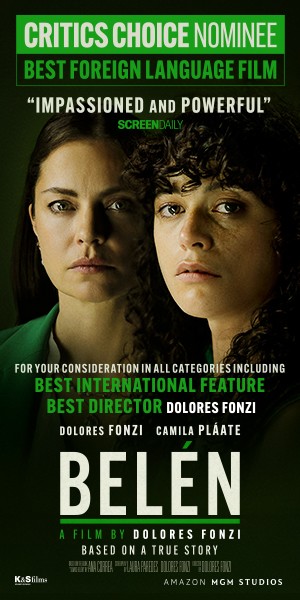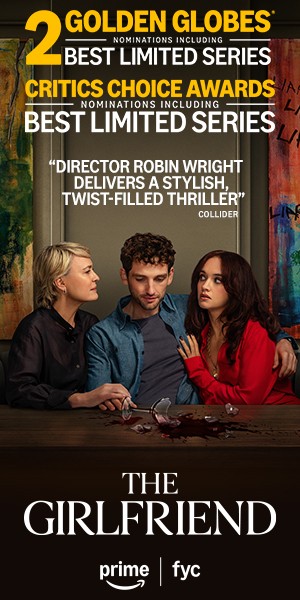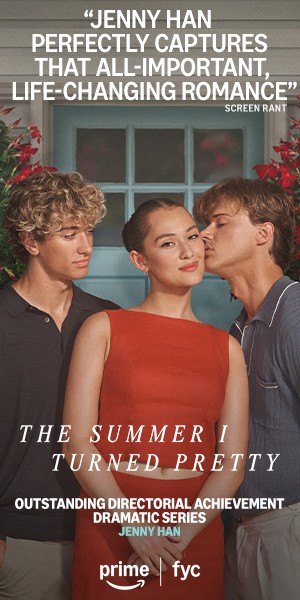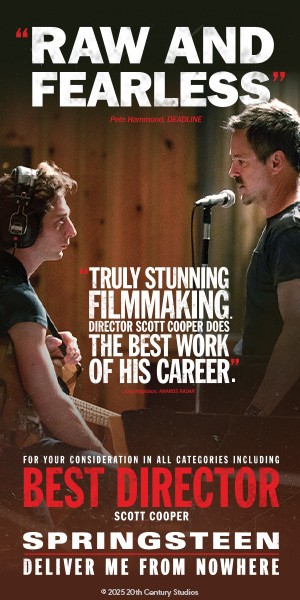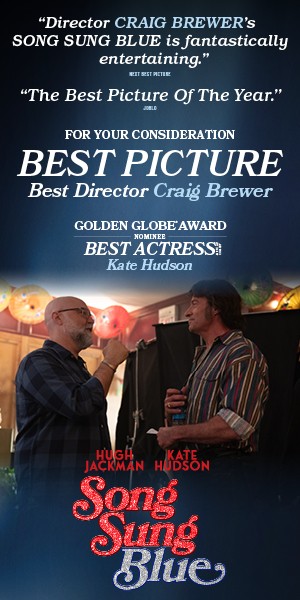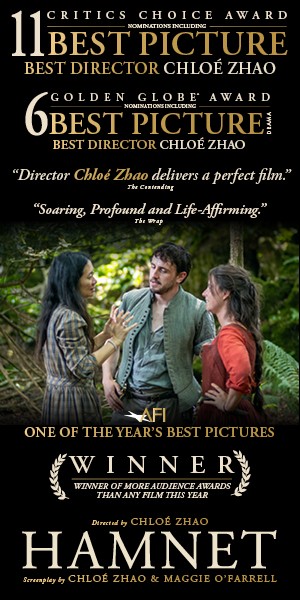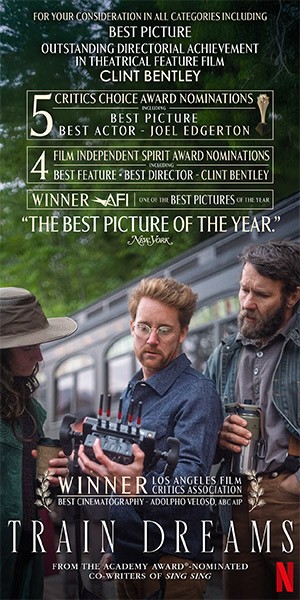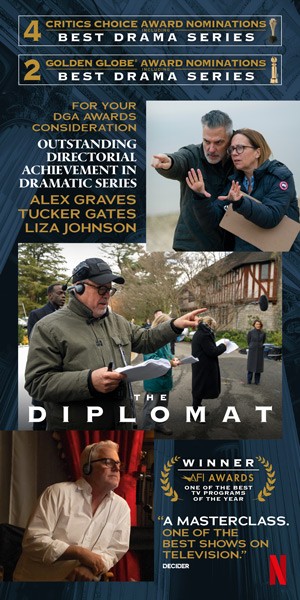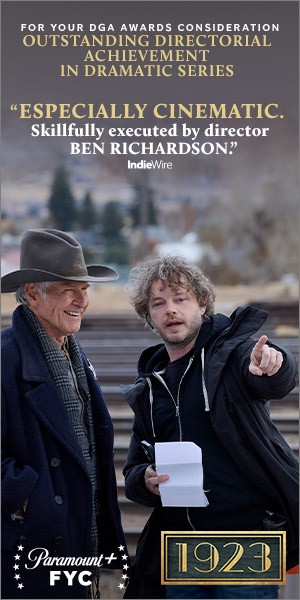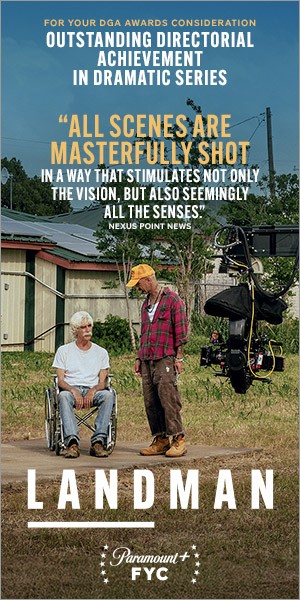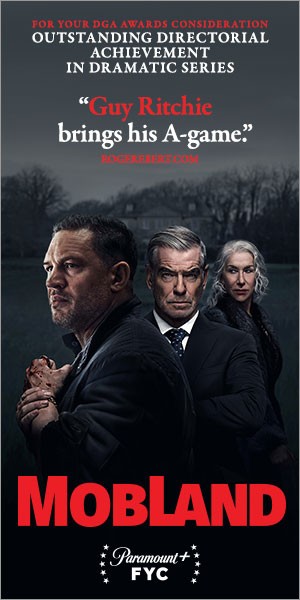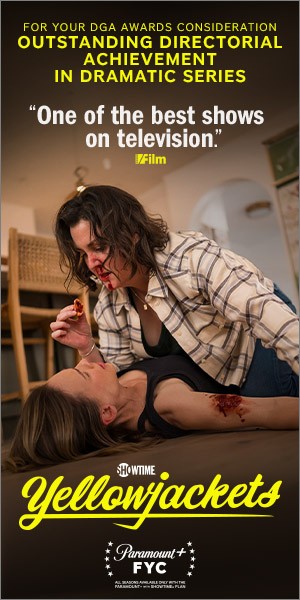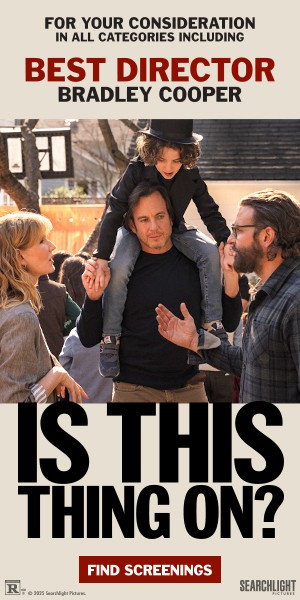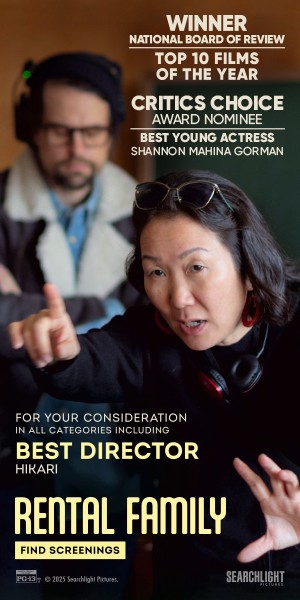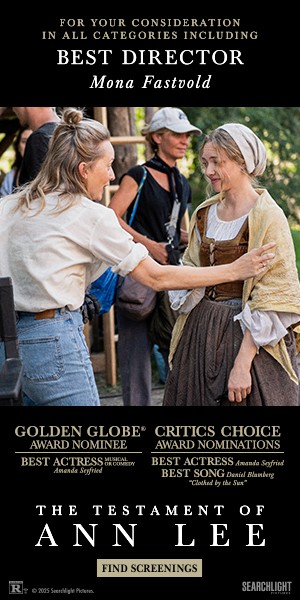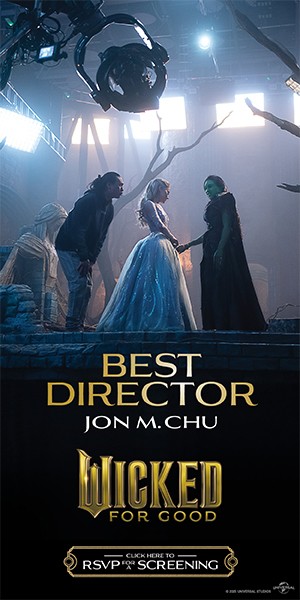photos by Elisa Haber
On May 3, the Western AD/UPM and AD/SM/PA Councils’ Multi-Cam Committee hosted a brunch featuring the panel discussion, Keep it Rolling! Multicamera Sitcoms: Then, Now and What’s Next that was led by Assistant Directors with deep experience in the multicamera television world. They covered topics including how the network multi-cam format has changed over time, how working in kids’ multi-cam is different than in typical network, what a workweek in multicamera sitcoms looks like, and how AD roles are staffed to ensure the team and show are successful. While the event was targeted at those who work in the world of multicamera sitcoms, all DGA members were welcome to attend either online or in-person in the Guild’s Los Angeles headquarters boardroom.
The event kicked off with a welcome from DGA Assistant Executive Director Faith Santilla, who serves as the staff liaison for the Western AD/UPM Council and thanked everyone for attending this inaugural event from the Multi-Cam Committee. Santilla expressed her excitement for the recognition of the multicamera sitcom genre at the Guild before turning the proceedings over to Western AD/UPM Council Secretary/Treasurer Tara Nicole Tjahjadi, one of the moderators for the discussion to come.
Diving into the complex history of the world of multi-cam, Tjahjadi explained, “In the early 2000s Multicamera Sitcom Stage Managers became Assistant Directors. [Formerly under] the AD/SM/PA Council, these new Assistant Directors were now [under] the AD/UPM Council. Since 2018, I have been on a mission to start a Multi-Cam Committee consisting of Directors, Associate Directors, and UPMs/ADs. This unity of all three Councils here at the guild would be a place to educate, make new connections and celebrate the work of multi-cam sitcoms. Thanks to everyone sitting here in this room today, every category is represented, and this mission has become a reality!”
Co-moderator Robyn Willey-Pratt then introduced the panelists: Director/1st AD Natalie Van Doren and 1st ADs Michele Azenzer Bear, Dennis Capps, Guy Distad and Ron Moseley, all of whose work spans decades of network, cable and streaming television. Sharing their expertise, the panelists explained how the genre of multicamera sitcoms has evolved over the years.
Capps, who started in features and contemplated a career as a writer, explained what attracted him to taking a job in multicamera sitcoms. “The thing I fell in love with was the process. I love the fact that the work week had a natural sort of build and flow. You build up to the crescendo of an audience show. The audience show was a celebration of our week’s work.”
Regarding what’s involved in working in kid’s multicamera programming, Distad said, “We’ve got stunts. We’ve got visual effects. We run the whole gamut. And schedules are driven by kid hours. Usually, the number one on the call sheet is a minor so, everything is kind of geared toward that kid and working around them and making sure that we’ve got everything by the end of the week that we need to get as far as school hours, R&R, etc.”
Van Doren touched on the differences between streaming/cable multicamera sitcoms and network multicamera sitcoms. “The biggest factor is the time. Episodes don’t have to be 22 or 23 minutes. Sometimes they’re 30 minutes, so you’re shooting like an extra third of an episode. But the budget doesn’t really increase and the time that you have allotted doesn’t really increase. You don’t have commercials, so things are written a little bit differently. But I just think the challenge a lot of times is you’re expected to do a little more.”
To Azenzer Bear, multicamera sitcoms can be timeless and bring joy to audiences. “These shows are shows that we have for decades! For me a lot of these characters have shaped memories and shaped times in my life. I love multi-cams. Not only, obviously, they’re funny, but they have heart that really make you think about life and connections to people. We could just tune in for 30 minutes and like not have to see people being killed by the zombie apocalypse or taken over by a pandemic. It’s like you could really just tune into a family that you see sitting in a living room or a group of people sitting in a bar and just seeing what they come to each week and their connection. I think that it’s just a wonderful thing.”
Agreeing, Moseley cited his experience working in multi-cam as being joyful, and revealed that sitcoms create happy work environments. “Any environment where you have to laugh, to me, that’s a good environment. So, I feel lucky and blessed.”
Following the panel discussion, Associate Director Mimi (Marian) Deaton and 2nd AD Sarah Schmaus Ulin spoke about the future of multi-cam and what their peers would like to see change. As the DGA is going into a negotiations year, they encouraged attendees to ask questions, vocalize their concerns and start thinking about what they’d like to update in the multi-cam contract.
See video from this event in the gallery below.
ABOUT THE PANELISTS:
|
|
|
|
|
|
|
|
|
|
|
|
|
|
|
|
|
|
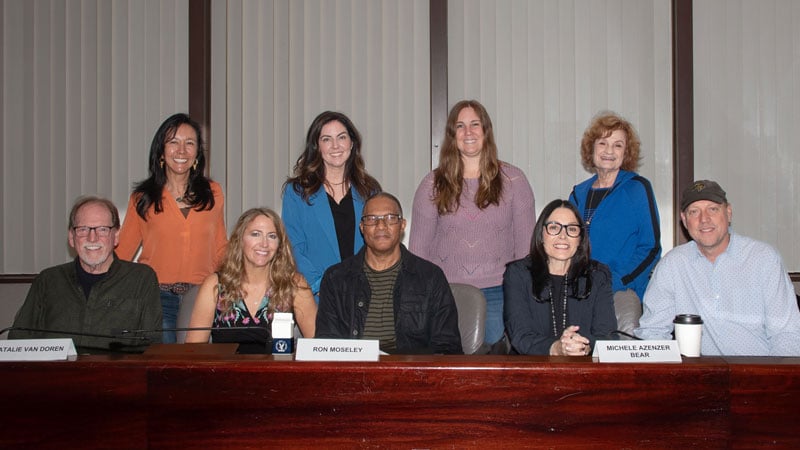
 1st AD Michele Azenzer Bear
1st AD Michele Azenzer Bear 1st AD Dennis Capps
1st AD Dennis Capps Associate Director Mimi (Marian) Deaton (post-panel speaker)
Associate Director Mimi (Marian) Deaton (post-panel speaker) 1st AD Guy Distad
1st AD Guy Distad 1st AD Ron Moseley
1st AD Ron Moseley 1st AD Robyn Willey-Pratt (Co-Moderator)
1st AD Robyn Willey-Pratt (Co-Moderator) Director/1st AD Natalie Van Doren
Director/1st AD Natalie Van Doren 2nd AD Tara Nicole Tjahjadi (Co-Moderator)
2nd AD Tara Nicole Tjahjadi (Co-Moderator) 2nd AD Sarah Schmaus Ulin (post-panel speaker)
2nd AD Sarah Schmaus Ulin (post-panel speaker)